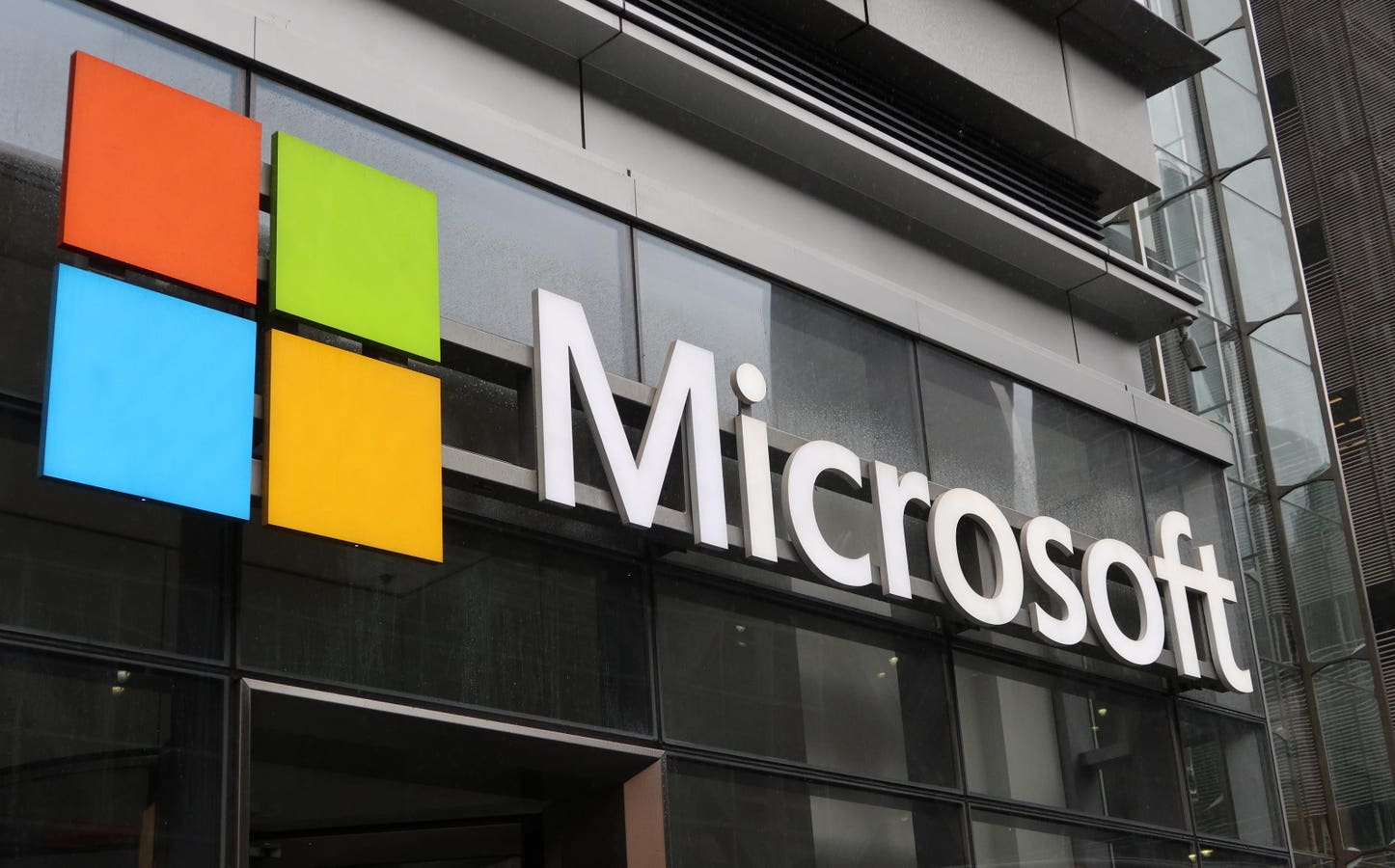CISA issues Microsoft Exchange Server CVE-2025-53786 warning
Getty Images
Update, August 9, 2025: This story, originally published on August 7, has been updated with additional information regarding the Microsoft Exchange vulnerability directive issued by CISA, as well as a new protection that adds to the Microsoft Defender security arsenal.
Hot on the heels of an official security advisory from America’s Cyber Defense Agency warning of camera hack attacks, the U.S. Cybersecurity and Infrastructure Security Agency has issued another alert. This time, it impacts users of Microsoft Exchange Server and, without immediate remediation, could enable an attacker to escalate privileges and “impact the identity integrity of an organization’s Exchange Online service.” But it’s not all bad news on the Microsoft security front; the technology giant has confirmed new AI-powered protections to autonomously reverse engineer and classify malware, importantly, without any prior context requirement. Here’s what you need to know.
CISA And Microsoft Warn Users Of CVE-2025-53786 Attack Danger
There have been a number of security warnings impacting Microsoft users of late that may have caught your attention: the Windows JPEG hackers and, of course, the by now infamous SharePoint Server attacks to name but two. The very latest, however, comes with the added weight of a CISA alert attached.
“CISA is aware of the newly disclosed high-severity vulnerability, CVE-2025-53786,” the August 6 advisory warned, “that allows a cyber threat actor with administrative access to an on-premise Microsoft Exchange server to escalate privileges by exploiting vulnerable hybrid-joined configurations.”
Microsoft, meanwhile, has said that “starting in August 2025, we will begin temporarily blocking Exchange Web Services traffic using the Exchange Online shared service principal,” as part of a “phased strategy to speed up customer adoption of the dedicated Exchange hybrid app and making our customers’ environments more secure.”
Although CISA confirmed that there has not been any observed active exploitation of CVE-2025-53786, it strongly urged organizations to follow the Microsoft guidance on this issue.
CVE-2025-53786 is officially listed as a Microsoft Exchange Server Hybrid Deployment elevation of privilege vulnerability that follows an accompanying non-security hot fix when the hybrid deployments were announced on April 18. “Following further investigation,” the official Common Vulnerabilities and Exposures database entry reads, “Microsoft identified specific security implications tied to the guidance and configuration steps outlined in the April announcement.”
CISA added that it “highly recommends entities disconnect public-facing versions of Exchange Server or SharePoint Server that have reached their end-of-life (EOL) or end-of-service from the internet.”
Microsoft Announces Project Ire, Calling It The Gold Standard In AI Malware Classification
To balance the Microsoft security news scales a little, it has also been announced that a new “autonomous AI agent that can analyze and classify software without assistance.” In other words, fully reverse engineer a software file in order to classify potential malware and do so without “any clues about its origin or purpose.” Something that, Microsoft said, is not only a step forward in cybersecurity and malware detection, but also the gold standard in malware classification.
Project Ire, born out of Microsoft Research, Microsoft Defender Research and the Microsoft Discovery & Quantum teams working together, uses decompilers alongside other tools to determine whether the software in question is malicious or not. “The system uses advanced language models and a suite of callable reverse engineering and binary analysis tools to drive investigation and adjudication,” Microsoft said. And does so, according to Microsoft’s figures, with a 0.08 precision rate using public datasets of Windows drivers.









